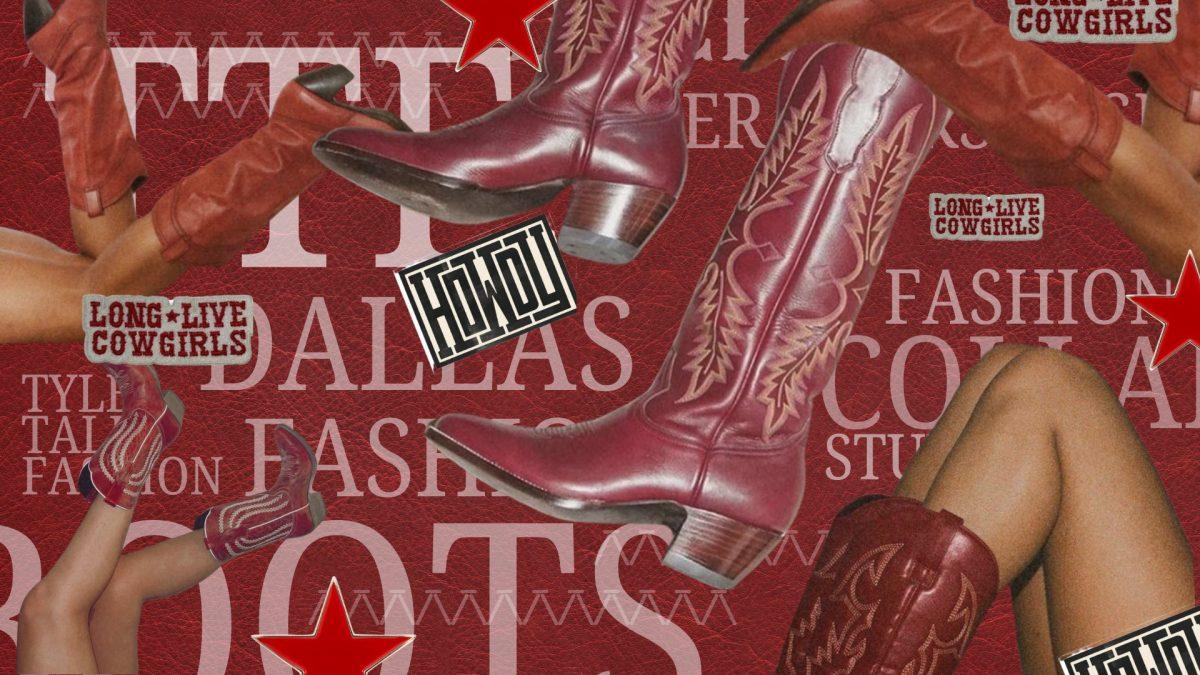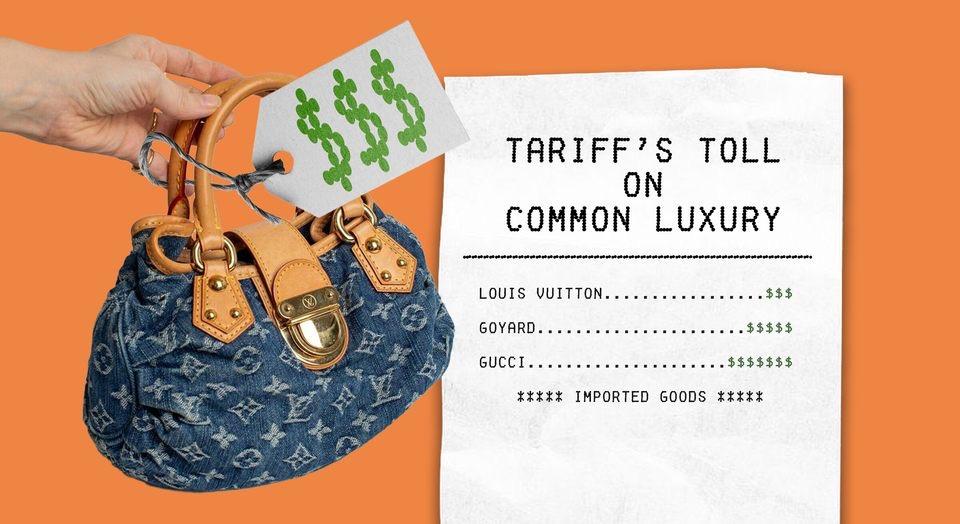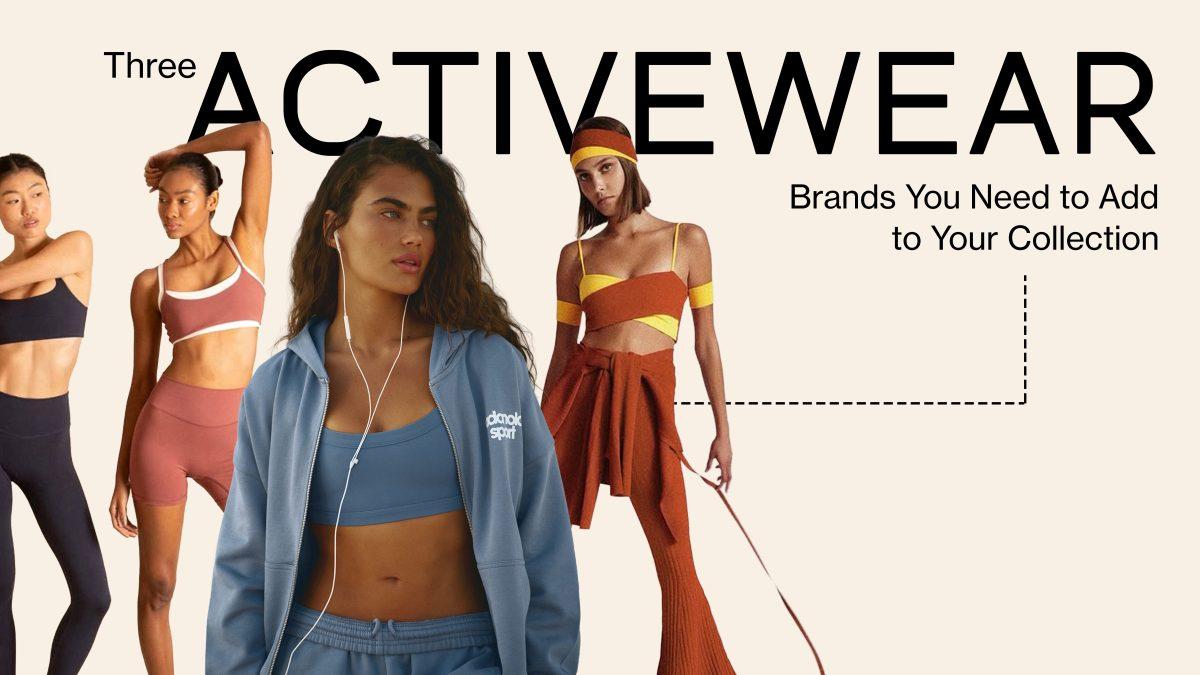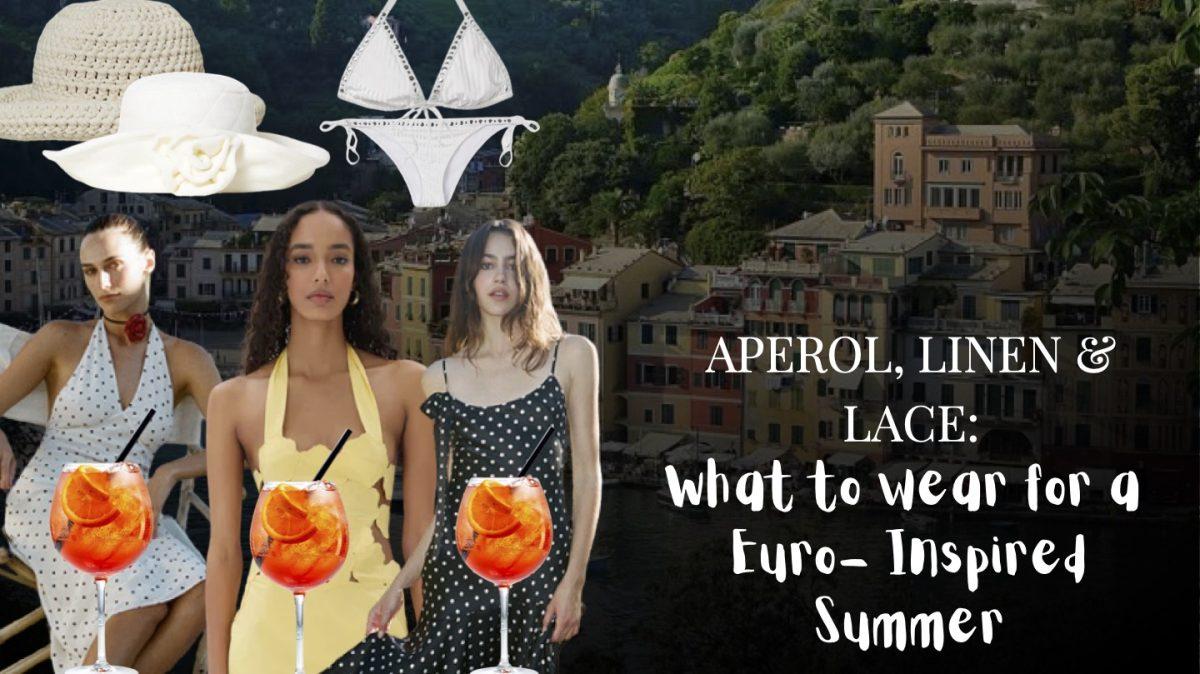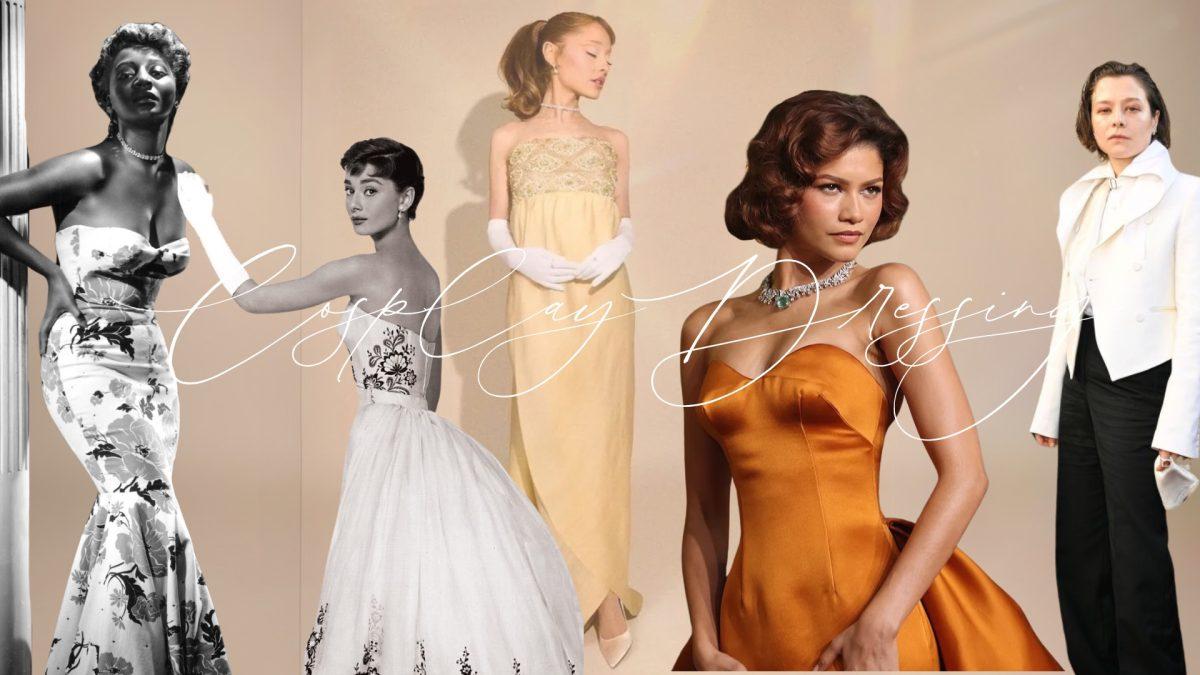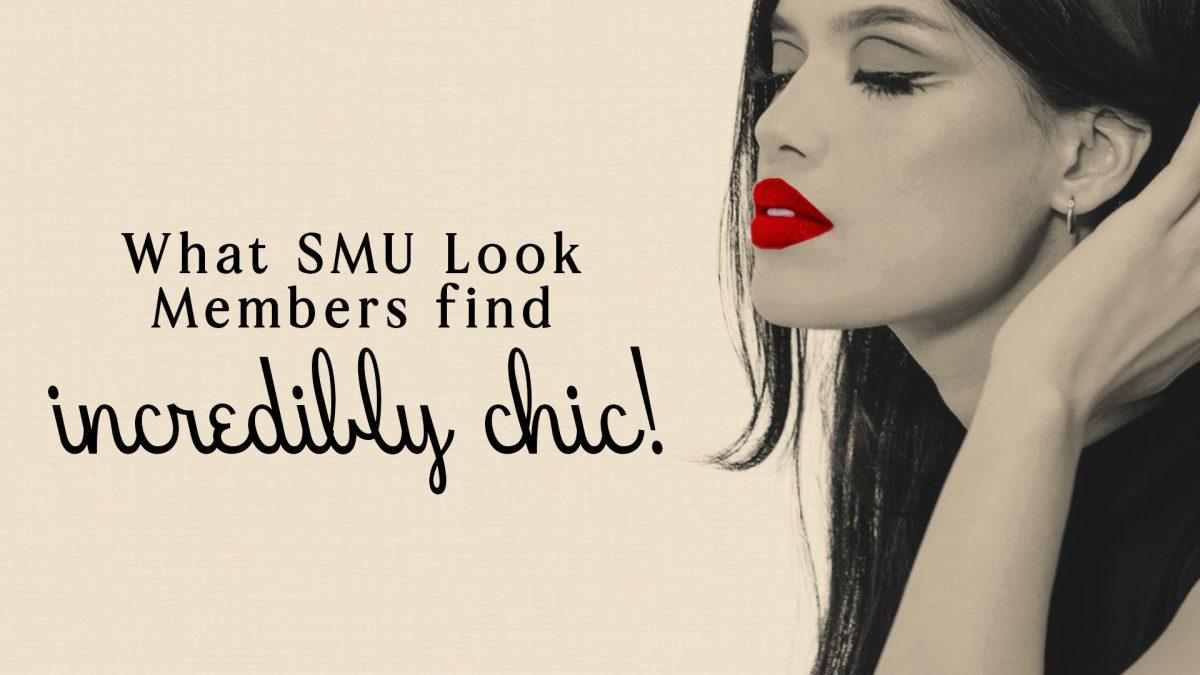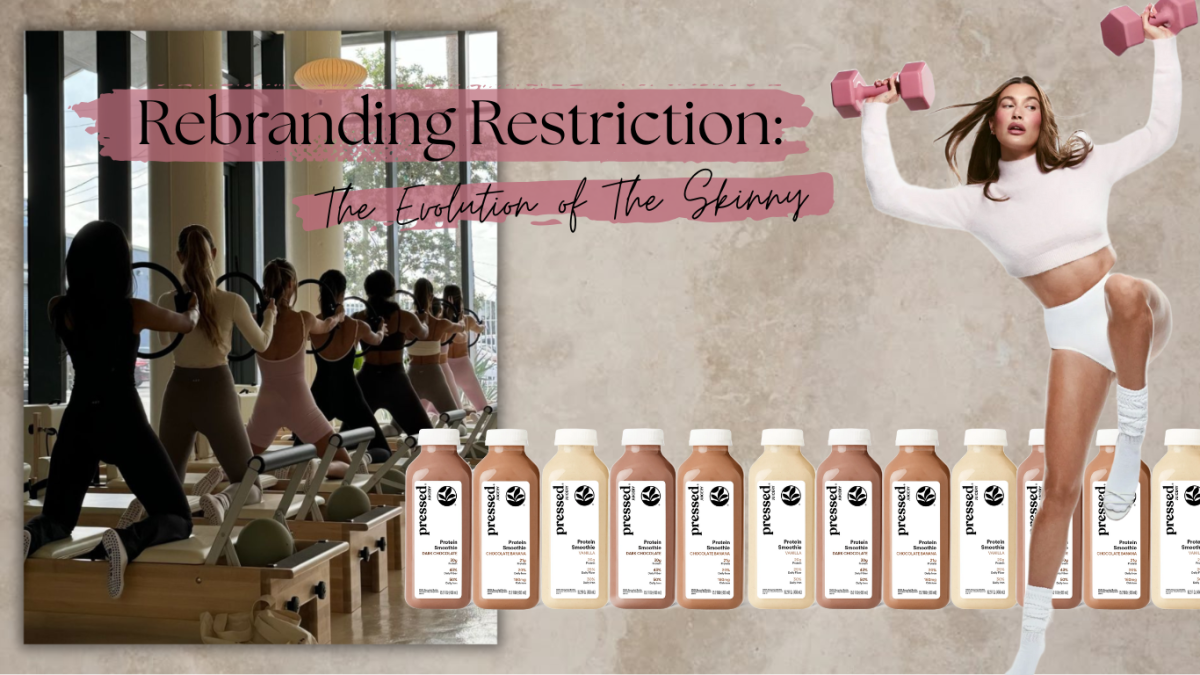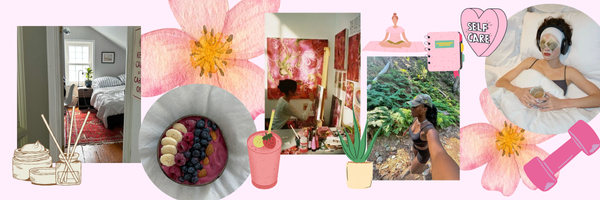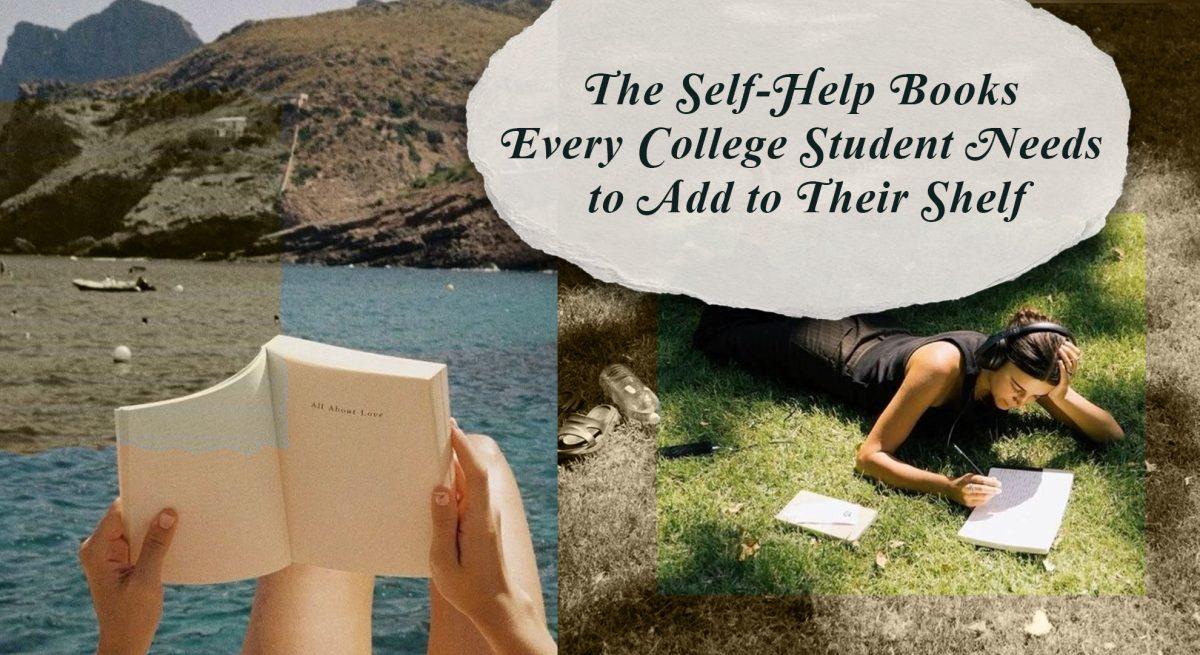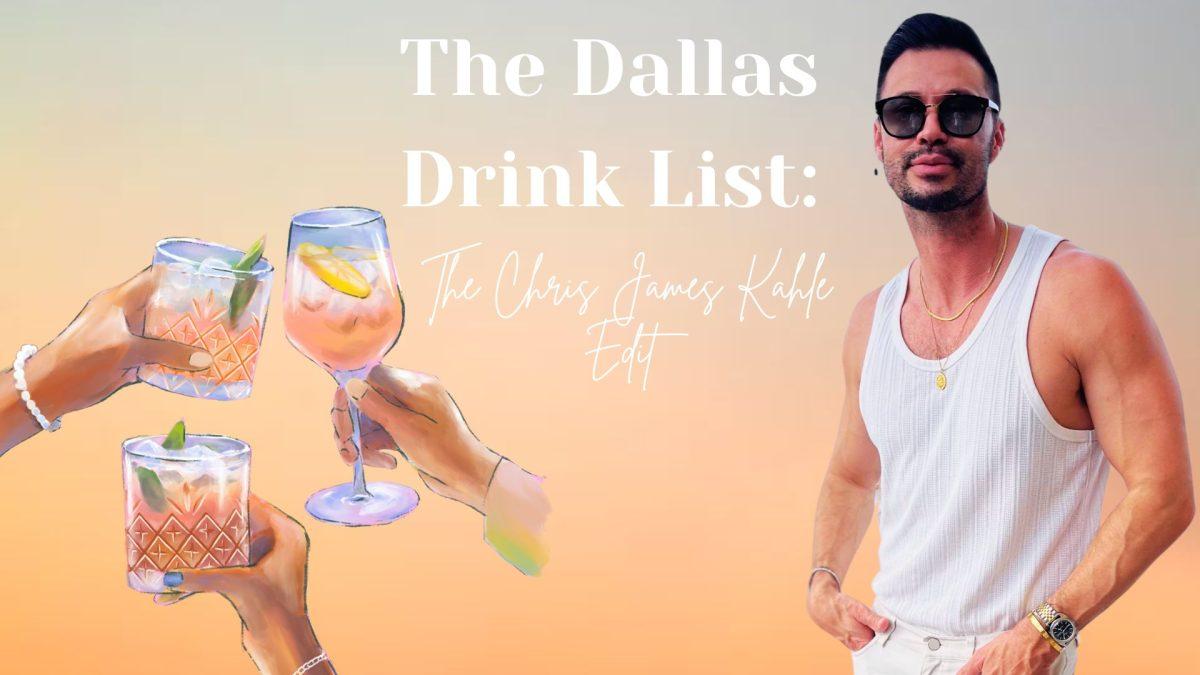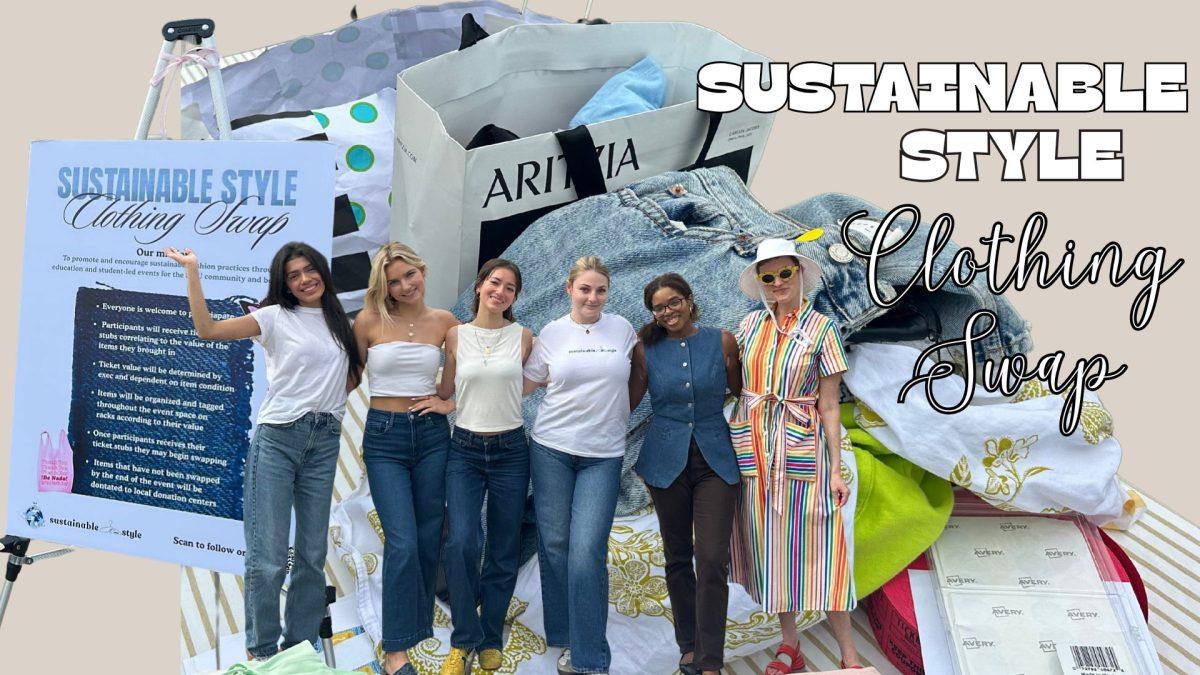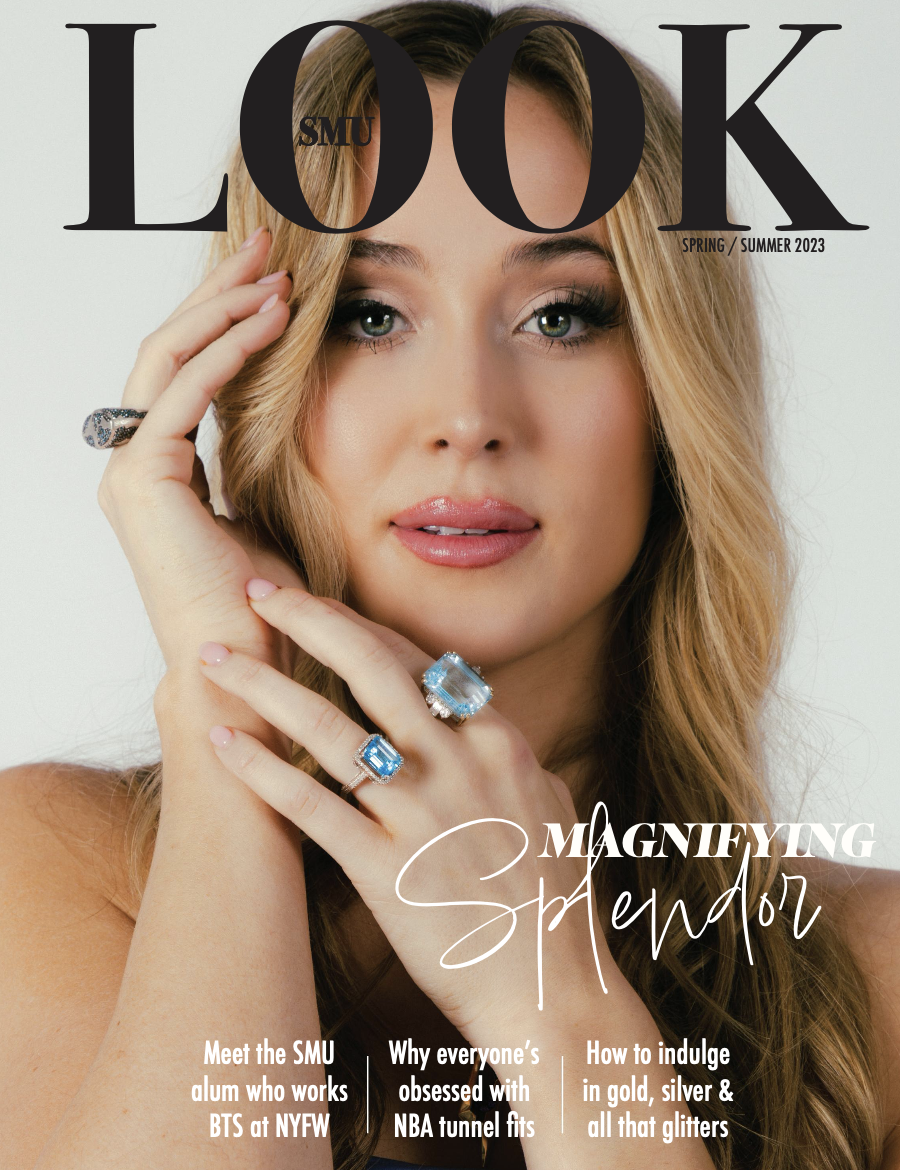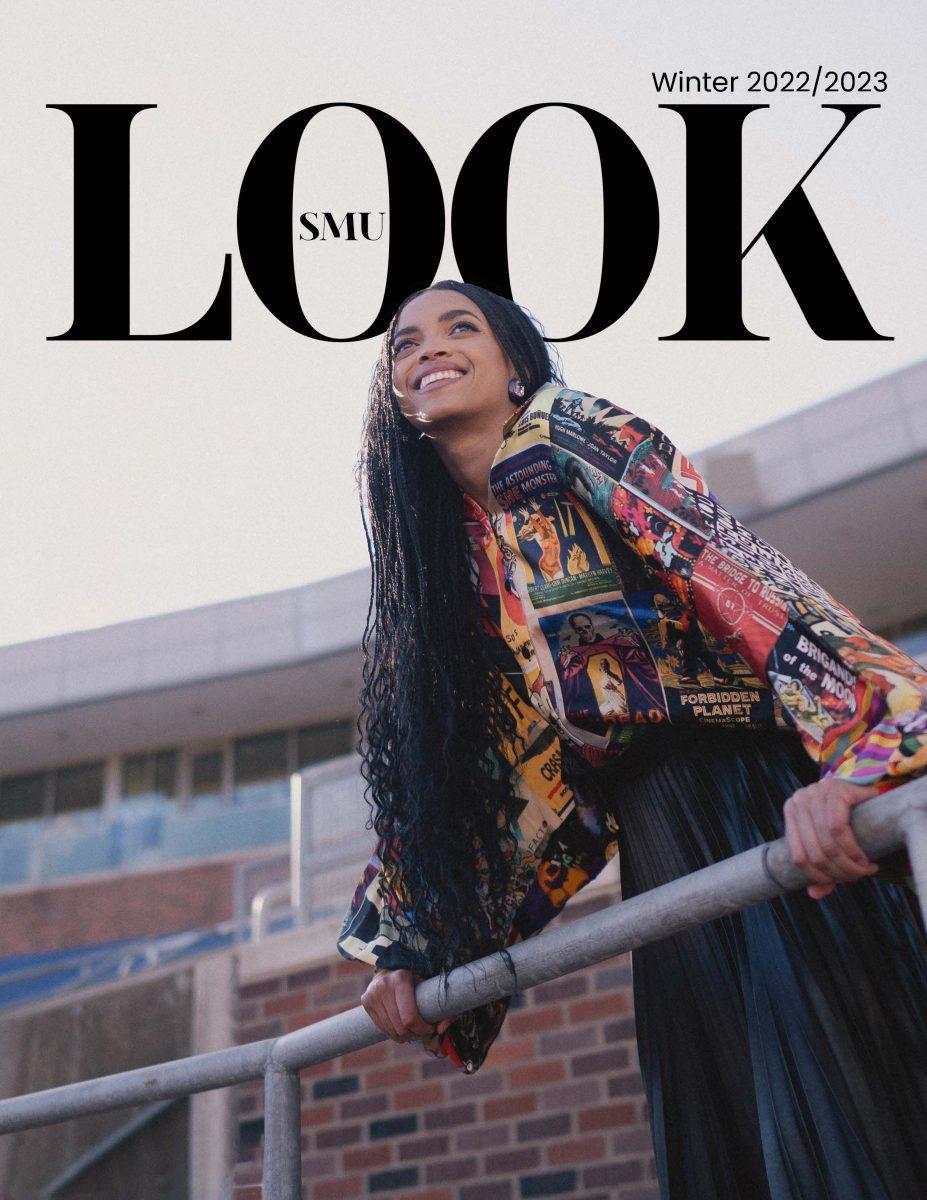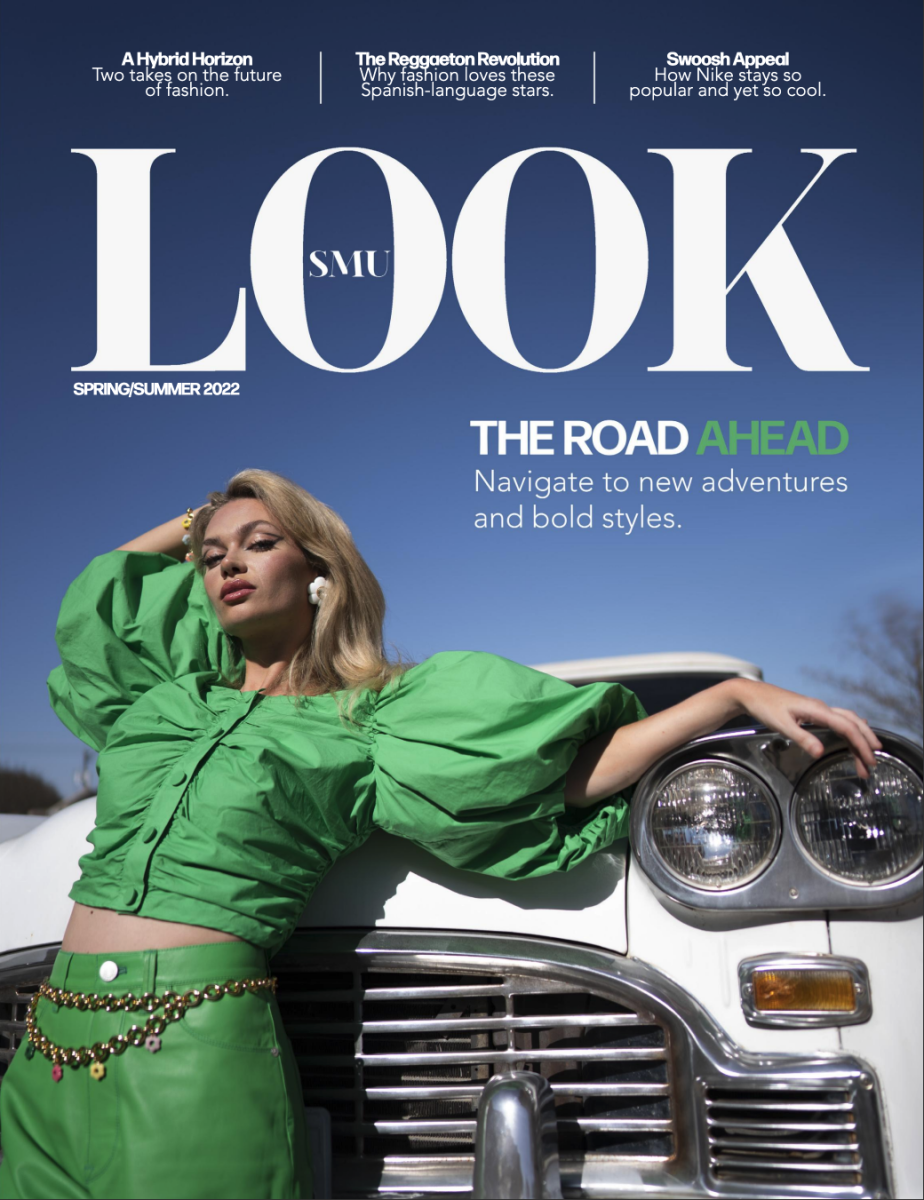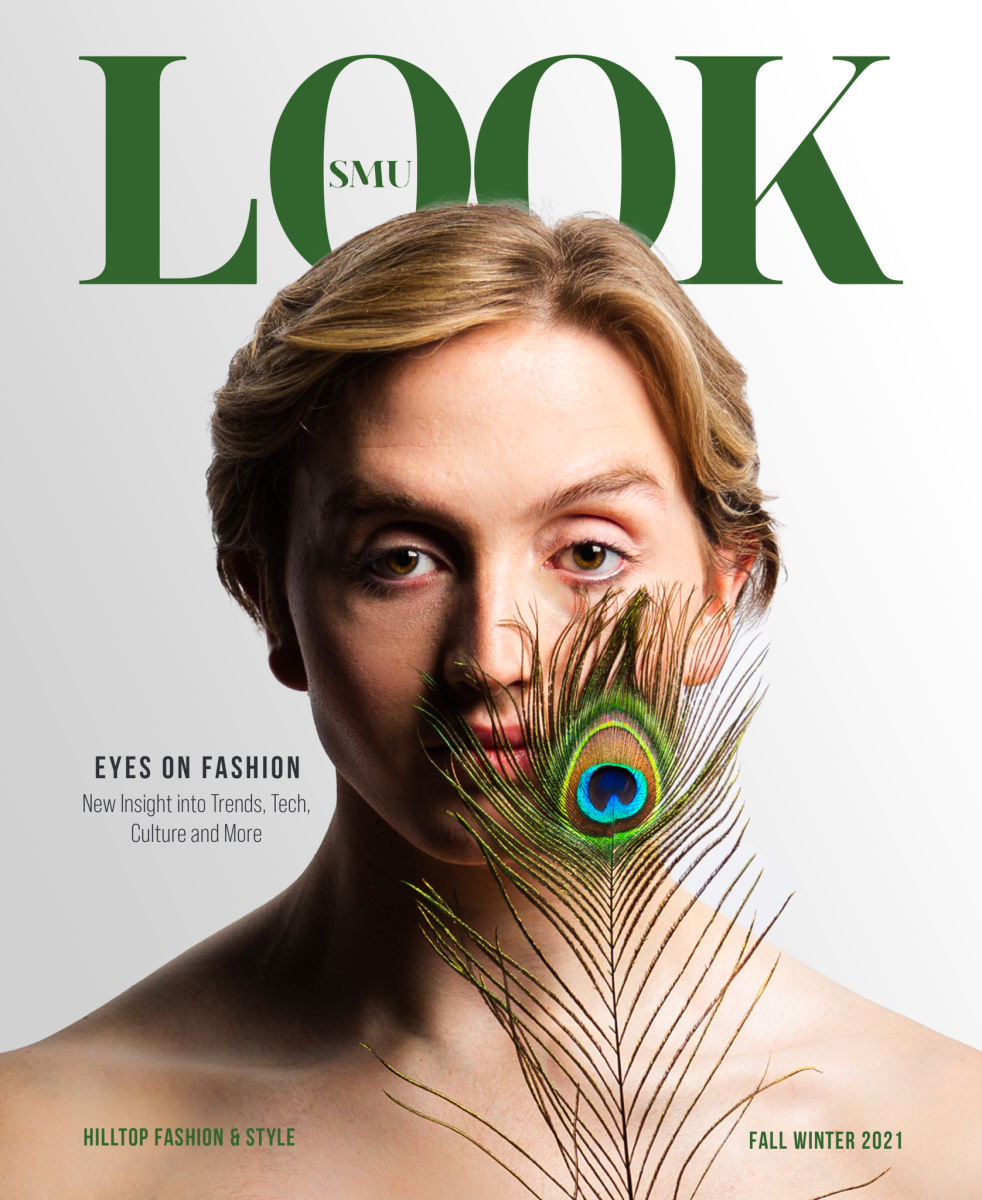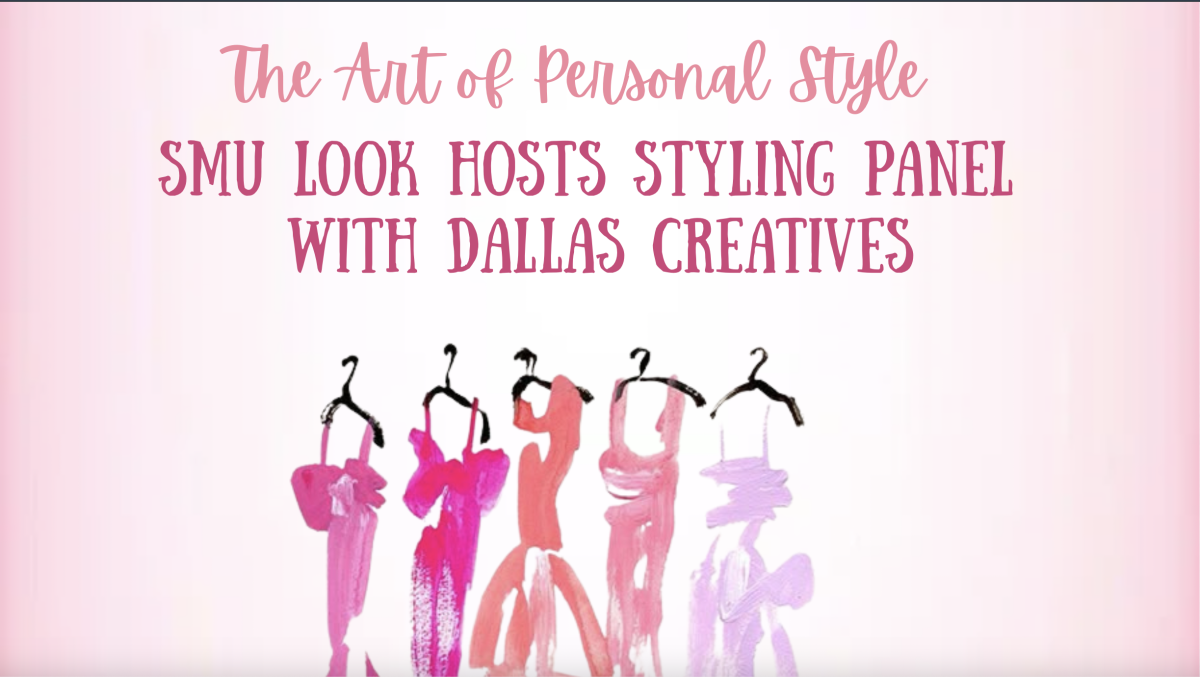By Tyler Martin
In a tiny studio in the heart of Dallas, surrounded by a motley assortment of soft-leather swatches and rough sketches of boots-in-progress, something unexpected is coming to fruition: A limited-edition cowboy boot, designed by a college senior.
This summer, Petite Paloma, a boutique heirloom boot brand known for its bold, handcrafted Western designs, is launching a new collaboration – its first ever designed by a student. The “Ava Boot,” a whimsical pair of cowgirl boots designed by Southern Methodist University senior Ava Ingram, came to be through Ingram’s sheer determination.
The partnership began when Ingram, a Fashion Media major with an eye for creative design, cold-emailed the Petite Paloma team in early 2024 in search of a part-time internship. At the time, the company wasn’t even offering internships, but Ingram didn’t let that stop her.
“She didn’t give up,” said Kelsey Crain, founder of Petite Paloma. “That fall, she returned, more determined than ever to earn a seat at the table. We deeply respected her persistence and genuine admiration for the brand.”
Crain saw something special in Ingram’s creativity and ambition. Rather than give her a typical intern task list of picking up coffee and organizing files, Crain handed her something more exciting: The opportunity to design a boot from scratch.
“I loved teaching Ava the program I use to sketch my designs,” Crain recalls. “She quickly picked it up, creating a range of beautiful concepts. After several iterations and plenty of collaboration, we landed on something truly special.”
The “Ava Boot” stands out with a vibrant red suede base and playful three-inch fringe running down each side. The upper features overlays of textured red stingray leather in a whimsical floral cut-out pattern, giving the boots a unique, youthful edge. The vamp is stitched with an intricate medallion design in matching red tones. Finished with a classic hazel-hued stacked heel, the boots are both eye-catching and versatile.
Growing up in Austin, Texas, Ingram says cowboy boots were a staple for her. “I’ve dreamed of designing my own pair for years.” So Petite Paloma invited her to work on designing a real product. It was an absolute pinch-me moment.
“It was such an incredible experience,” she says. “Kelsey walked me through every single step of the design process. From working in Procreate on the iPad to selecting leathers, placing the order, and reviewing samples. I learned so much about how the business runs and what goes into making a quality product.”
The final design, she explains, was the result of “refining and experimenting until something clicked.” Ingram’s vision was to create a boot versatile enough to wear to a “fun night out, a daytime party, or even an SMU football game.”
Student collaborations like this one aren’t just feel-good moments. They are proving to be strategic assets in the modern world of fashion. Petite Paloma’s social media community has grown to more than 135,000 followers across multiple platforms, many of them drawn to the brand’s personal, storytelling aspect to their marketing.
“We’re passionate about supporting creative minds and collaborating with women who approach design and style with intention,” said Crain.
Past collaborations have included dedicated photoshoots and social media posts, and this partnership with Ingram will be no different. It is set to be a full production for this summer.
By investing in young talent, Crain is also investing in her customer base. According to research by YPulse, 55% of Gen Z responders say they’re more likely to buy from a brand that supports young creators and current social causes. Limited-edition collaborations like Ingram’s allow these small brands to emphasize this, while blending storytelling with style.
For Ingram, the boot was more than a product, it was a lesson in being truly intentional. “Every boot has its own personality and purpose,” she says. “Designing a product that stands out while still being wearable takes a lot of thought.”
She learned quickly that making something that’s “sellable” isn’t about following the latest popular trend, but instead about communicating a message through the product.
“Petite Paloma boots are made for everything — concerts, parties or even just running errands — and I’ve learned how important it is to make something that feels exciting and functional,” she said.
That balance is key in the recent “slow fashion” movement, a movement Crain fully supports. Each Petite Paloma boot takes nine days minimum to create, using timely, hand-crafted techniques passed down through generations of artisans in Mexico. The brand uses high-quality materials, bold designs, and has longevity to them. They are products meant to be truly loved, not just simply worn.
Experts say the surge in collaborations between brands and young creatives like Ingram isn’t a coincidence—it’s smart business. Alexa Field, a Brand Platform Consultant at LTK headquarters in Dallas, says the influencer-driven economy has changed marketing strategies across industries. “It’s no secret that influencer campaigns are kind of the it girl of the marketing world right now.” Field said. “Every brand from fashion to home to beverage are taking advantage of this new style of advertising and the business is booming!”
Field, who also creates influencer content herself, notes the rapid growth firsthand. “Since joining LTK in 2023, the number of campaigns we run per person has skyrocketed—it’s now 10-15+ campaigns a month,” she said. “Just in two years, this industry has exploded.”
She emphasizes that influencer marketing is particularly effective when targeting Gen Z, a generation with significant spending power and a preference for authenticity. “Consumer culture has exploded (for better or worse), and brands know traditional marketing has gone out the window,” Field said. “Influencer marketing is cost-efficient compared to traditional media buys and can deliver incredible returns. I’ve seen creators drive a 100x return on ad spend—which shows the amazing reach and power of these audiences.”
Field says the economics behind influencer marketing explain its surge in popularity. “I think one of the main reasons companies are leaning so heavily into influencer marketing is
because of how much bang you really get for your buck,” she said. “For example, a traditional
TV ad can cost hundreds of thousands—if not millions—of dollars, and the revenue from
those spots is often really difficult to track. With social media ads, I’ve run campaigns for as
little as $25,000 and secured several influencers to post about products and still seen a 10x
return on investment.”
She adds that social media campaigns also provide detailed analytics, helping marketers prove their value. “What’s so unique about social media is we are able to track each individual creator’s analytics and success on the campaign,” she said. “That data helps us pitch creators
for future campaigns and gives brands confidence in their spending. I can name one campaign
where we paid a creator nearly $20,000—and she drove over $1 million in sales. Influencer
marketing is truly lucrative. It makes perfect sense that companies are ditching traditional ads.”
According to data from Collabstr, the influencer marketing industry is projected to grow 13.7 percent to $19.8 billion in 2024. On average, brands spend about $214 per influencer collaboration, a figure that has dropped 16.8 percent from the year prior due to the sheer increase in creators entering the space. Looking ahead, the global creator economy is expected to expand from $127.65 billion in 2023 to $528.39 billion by 2030, signaling just how much economic force creators are bringing to the table.
Ingram’s role went far beyond what most student internships require. She wasn’t just popping into meetings or managing their social media. Instead, she was making creative decisions that would impact the brand’s boot offerings.
That kind of hands-on collaboration isn’t common, but it’s becoming more visible as small brands look for more affordable ways to be innovative. Unlike major designer brands, which often use big influencers to help with massive marketing pushes, Petite Paloma’s collaboration feels more intimate. And it feels way more empowering for students.
“I still have a running list of boots I want to create one day!” Ingram laughs. Her advice to other students hoping to collaborate with big brands: “Go for it. Speak up. Share your ideas, even if they feel bold or out of the box. Trust your instincts, be open to feedback, and don’t be afraid to try something new.”
As for what’s next, both Ingram and Crain are keeping their boots firmly planted in the ground for the present moment. But they say this partnership isn’t just for Instagram. But for the long haul. “This isn’t just about boots,” says Crain. “It’s about creating something that makes people feel confident, joyful, and seen. And that’s what Ava brought to the table.”

